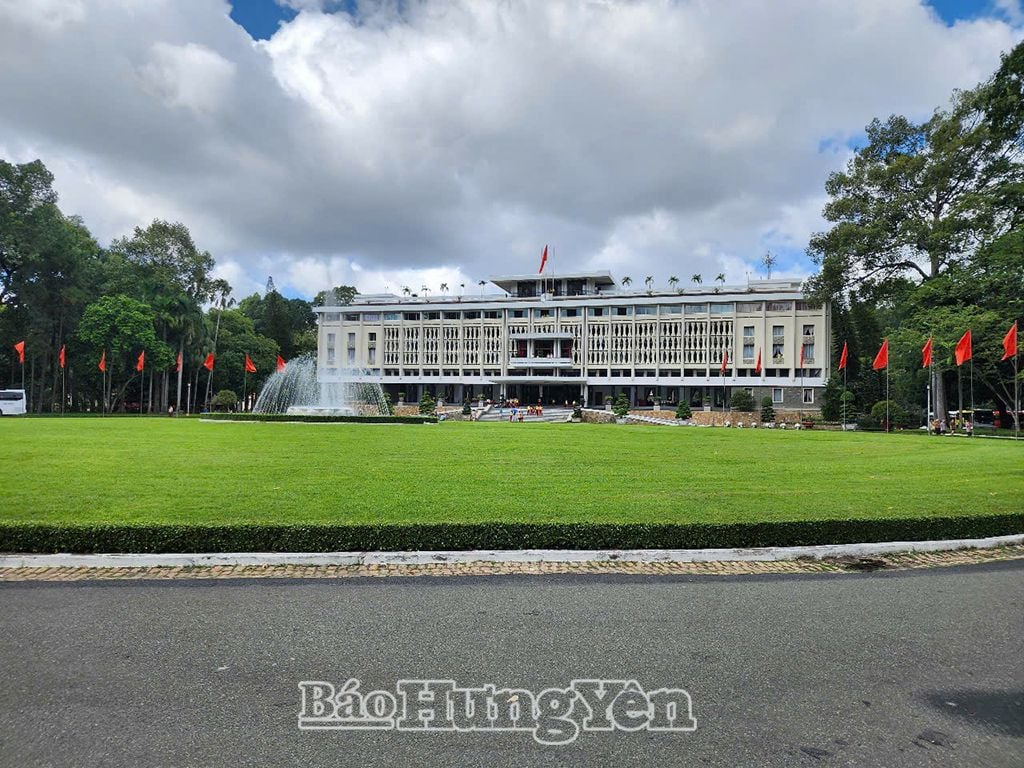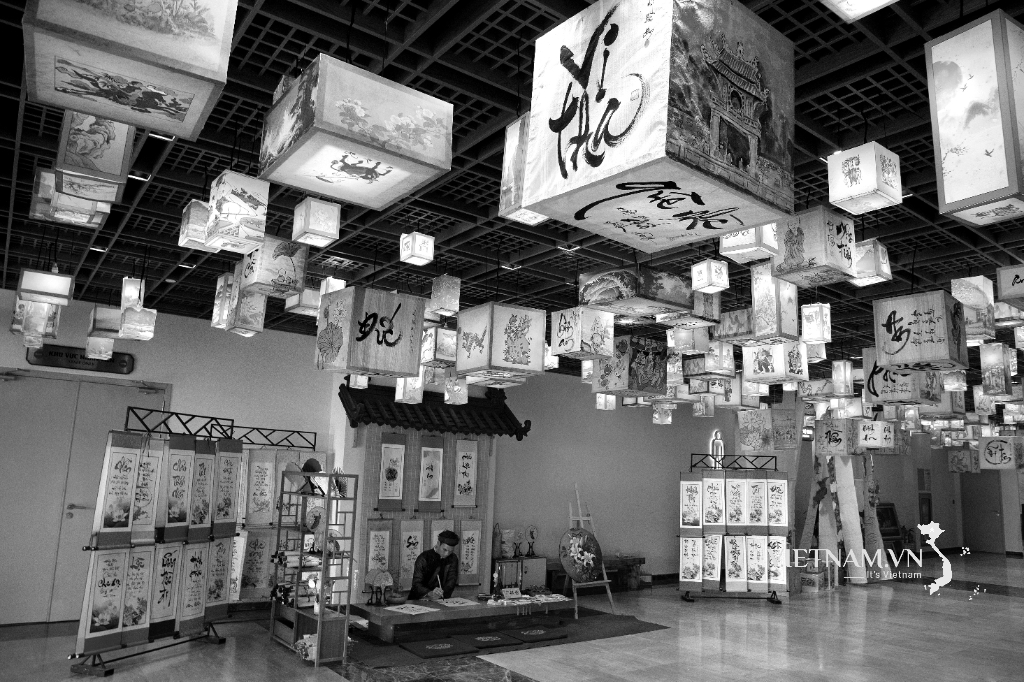During the historic month of April, a large number of Vietnamese people visit the Independence Palace ( Ho Chi Minh City). This place marks a historic moment: at 11:30 AM on April 30, 1975, our troops captured the Independence Palace, the Saigon puppet regime surrendered unconditionally, and the liberation flag fluttered proudly atop the main building of the Independence Palace. From this point on, the South was completely liberated, and the country was unified. Beyond its historical significance, the Independence Palace is also a unique and exemplary architectural work that has been classified as a special national historical monument.

The Independence Palace, formerly known as the Norodom Palace, was built by the French in 1868. It served as the Governor-General's residence in Cochinchina, the Governor-General's residence, and the French High Commissioner's residence in Indochina. In 1955, Ngo Dinh Diem decided to rename it the Independence Palace. Since then, the Independence Palace has represented the government, served as the residence of the puppet president, and witnessed many political events. On February 27, 1962, the palace was heavily damaged by bombing, forcing Ngo Dinh Diem to build a new one. Architect Ngo Viet Thu drew inspiration from traditional Eastern philosophy and the national cultural identity for the design. The palace's architecture is a harmonious blend of modern and traditional Eastern styles. The entire structure forms the shape of the Chinese character "Cát," meaning auspicious and lucky. The architectural beauty of the palace is further enhanced by a system of stone flower curtains, shaped like elegant bamboo stalks, surrounding the second floor. Inside the palace, all architectural lines utilize horizontal and vertical strokes. The front courtyard is a lush green lawn, creating a soothing and refreshing feeling for visitors as soon as they pass through the gate. Running along the entire width of the main hall is a semicircular pond. Lotus and water lilies are planted in the pond, evoking the image of tranquil ponds at ancient temples and pagodas in the Vietnamese countryside.
The palace is 26 meters high, built on an area of 4,500 square meters , with a usable area of 20,000 square meters . It comprises three main floors, a rooftop terrace, two mezzanines, a ground floor, two basements, and a helipad. More than 100 rooms in the palace, depending on their purpose, are decorated in various styles, including reception rooms, Cabinet meeting rooms, offices for the President and Vice President, a credentials presentation room, a grand banquet hall, etc. The auxiliary systems inside the palace are very modern, including air conditioning, fire protection, communication systems, and storage facilities. The rooms are decorated with numerous lacquer and oil paintings.
Independence Palace is the site of many important historical events. During the historic Ho Chi Minh Campaign, at noon on April 30, 1975, Tank 843 of the Liberation Army, leading the formation, rammed into the side gate of Independence Palace. Following this, Tank 390 breached the main gate and advanced straight into the palace. At 11:30 AM that same day, Lieutenant Bui Quang Than, the company commander of Tank 843, planted the liberation flag on the roof of Independence Palace. At that very moment, the last President of the Republic of Vietnam, Duong Van Minh, along with his entire cabinet, declared unconditional surrender to the revolutionary government. This historical event marked the complete victory of the resistance war against the US and the reunification of the country by the Vietnamese people and army.
Currently, within the grounds of the Independence Palace, there are replicas of two tanks bearing the numbers 843 and 390, serving as a historical testament to the glorious victory of our nation. Veteran Duong Thanh Cong from Hiep Cuong commune (Kim Dong district) once fought alongside his comrades in the heroic and tenacious Spring Offensive of 1975. With a voice full of pride and excitement, veteran Duong Thanh Cong recounted to us the days of marching, the fierce battles in the Central Highlands campaign, and the arduous and brutal fighting in Xuan Loc and Long Khanh… Early in the morning of April 30, 1975, our troops launched a general offensive into Saigon, quickly penetrating and capturing key targets: Tan Son Nhat Airport, the General Staff Headquarters, the Capital Special Zone, the General Police Headquarters… By noon on April 30, 1975, the liberation flag was flying atop the Independence Palace. Saigon's streets were adorned with red flags and flowers, and people cheered in celebration of the victory… Veteran Duong Thanh Cong was moved: “Today, having the opportunity to return to visit the Independence Palace, memories from my time in the army, the proud moments of witnessing the complete liberation of the South, resurfaced in me. Our country has steadfastly overcome countless challenges and difficulties to build its independence and develop. The lives of the people are becoming increasingly prosperous and happy.”
Independence Palace has been recognized as a special national historical site. Currently, the palace houses approximately 6,800 artifacts, many of which are of historical and artistic value. It is a meaningful destination for many young people who want to study and research history through the artifacts preserved there. Having had the opportunity to visit Independence Palace, Mr. Bui Cong Can from Phuong Nam commune ( Hung Yen city) shared: "Independence Palace marks the glorious victory of the General Offensive and Uprising of Spring 1975 by our army and people, completely liberating the South and unifying the country. Through the images and artifacts preserved here, I understand more about the war that our country and people went through 50 years ago, and from that, I further appreciate history and the contributions and sacrifices of our ancestors." I told myself that I needed to live a useful and responsible life for my country, contributing my efforts to building my homeland and nation.
Source: https://baohungyen.vn/den-tham-dinh-doc-lap-3180835.html


































































































Comment (0)